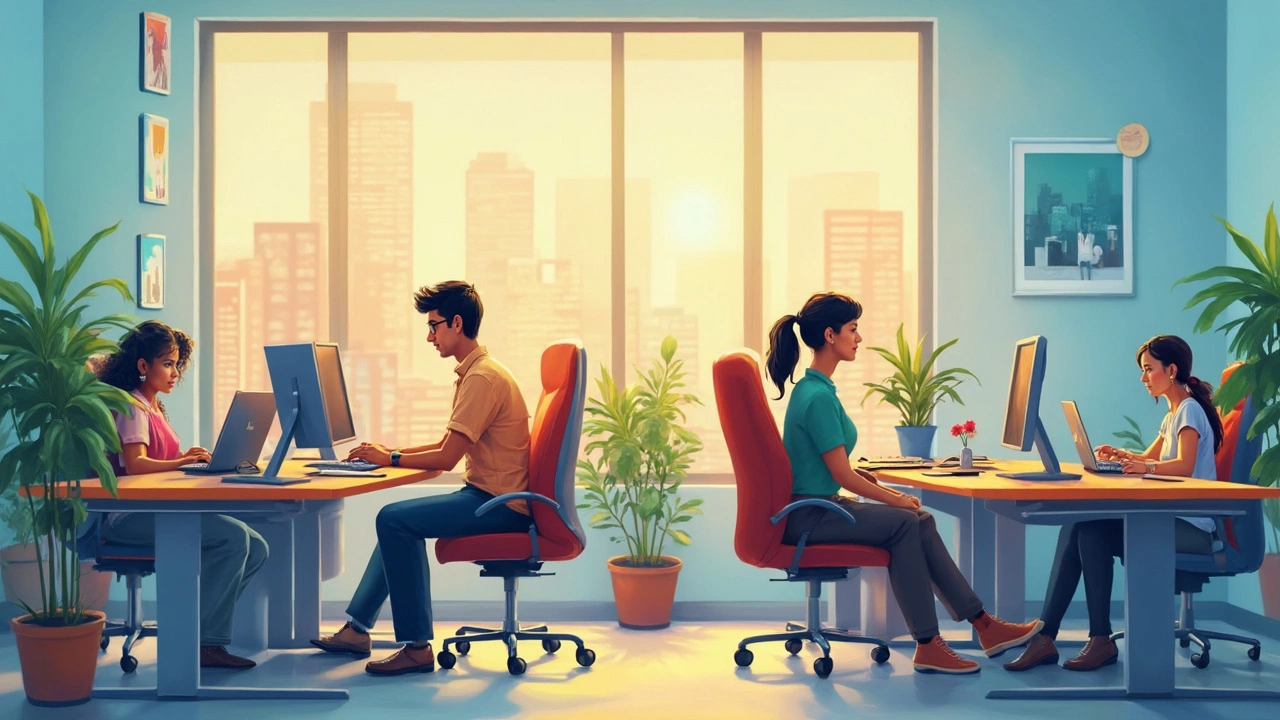Health Risks Linked to Furniture and Home Décor
Most of us think about how a couch looks or how comfy it feels, but we rarely stop to wonder what it might be doing to our health. The truth is, furniture can hide mold, attract bed bugs, and even release chemicals that irritate the lungs. If you spend hours on your sofa or store items in a cramped unit, those hidden hazards can turn into real problems for you and your family.
Common Health Hazards in Your Living Room
First up, mold. Damp corners, especially under coffee tables or in storage closets, create a perfect breeding ground for mold spores. When you breathe them in, you might experience sneezing, itchy eyes, or more serious respiratory issues. The same goes for fabric sofas that stay damp after spills; they can develop mildew if not dried quickly.
Next, bed bugs. Those tiny pests love the tiny gaps in wicker furniture, upholstered cushions, and even the seams of a daybed couch. A few bites can cause itchy welts, and a full infestation can lead to anxiety and sleepless nights. Look for tiny dark spots or a musty smell as early warning signs.
Lastly, off‑gassing. Many modern sofas use synthetic foams and fabrics that release volatile organic compounds (VOCs) when new. Those chemicals may cause headaches, dizziness, or skin irritation, especially for people with sensitivities. The smell of "new furniture" is actually a mix of these gases leaving the material.
How to Keep Your Home Safe and Healthy
Start with a quick visual check. Pull back cushions, look at the underside of coffee tables, and inspect any storage boxes for water stains or a sour smell. If you spot mold, wipe the area with a vinegar‑water mix and let it dry completely before covering it up again.
To beat bed bugs, vacuum the sofa seams, cushions, and surrounding floor daily. Use a steamer on upholstery – the heat kills bugs and their eggs. When moving a couch through a narrow hallway, keep it upright and protect it with a plastic sheet to avoid picking up bugs from the floor.
For off‑gassing, give new pieces a few days of airing in a well‑ventilated room before you commit to daily use. If possible, choose furniture with natural materials like solid wood, cotton, or linen, which emit far fewer chemicals than synthetic alternatives.
Storage tips also matter. Keep sofas or chairs in a climate‑controlled space, and use breathable covers instead of plastic sheeting, which traps moisture. When you need to store a couch in a 10x10 unit, measure the dimensions carefully, and place a slab of plywood under it to prevent moisture from the floor seeping into the legs.
Finally, regular maintenance is key. Rotate cushions every few months, clean upholstery with a mild detergent, and replace worn‑out fabric before it becomes a breeding ground for dust mites. A healthy home starts with a few simple habits, and the payoff is fewer sneezes, fewer bites, and a more comfortable place to relax.
By staying aware of these hidden health risks and taking quick action, you can keep your living room looking great and feeling safe. Your sofa, coffee table, and storage spots don’t have to be sources of worry—just treat them like any other part of your home that needs a little love and attention.
Is Sitting All Day Bad? Health Risks, Surprising Facts, and Practical Tips
Wondering if sitting all day is ok? Discover the health risks, eye-opening facts, and simple tips to stay healthy at your desk.





